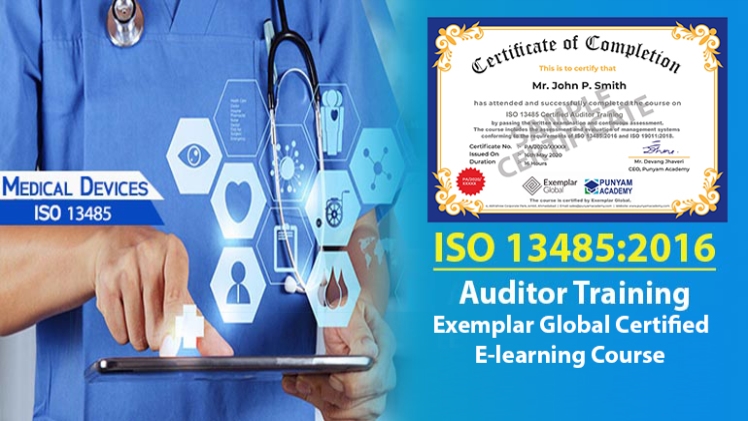The ISO 13485 is the widely used international standard for the medical device industry’s quality management. Issued by the International Organization for Standardization (ISO), this standard measure is an effective solution to ensure the Quality Management System (QMS) of medical device companies wherever they may be around the world. Adopting this standardisation into a company shows a genuine commitment to providing safe and top-quality medical devices to consumers.
To meet the international standards and for a company to get certified, you need to start developing documentation requirements, such as the Quality Objectives, Quality Policy, and Quality Manual. These will help define the implementation and the scope of quality management, which will eventually contribute to the ISO certification.
Requirements for ISO 13485 Certification
The ISO 13485:2016 stipulates a specific set of requirements that a company should comply with to ensure that their products and services meet customer needs and regulatory criteria. These ISO requirements apply to all establishments and organisations regardless of their size unless explicitly stated.
The ISO 13485 is divided into eight sections—the first three as introductory sections and the last five stating the requirements for the management system. Here are the last five sections:
-
Section 4 – Quality Management System
The section discusses the general QMS requirements, including the documentation requirements. The requirements include Control of Documents, Quality Manual, and Control of Records.
-
Section 5 – Management Responsibility
The management responsibility requirements cover the need for the top management for the implementation and consistency of the QMS. Besides planning for the QMS, it is also required for the top management to be involved in the system’s ongoing review to ensure customer satisfaction and organisational improvement.
-
Section 6 – Resource Management
This section covers the control for the organisation’s resources, including the building(s), infrastructure, work environment, and human resources.
-
Section 7 – Product Realization
This section takes care of the aspects of planning and creation of products and services. This part states the requirements on product planning, review of product requirements, designing, purchasing, creating product or service, and controlling the equipment used to measure and monitor the product.
-
Section 8 – Analysis, Measurement, and Improvement
The last section states the requirements to monitor quality even if your QMS is not functioning well. This includes evaluating customer satisfaction, keeping track of processes and products, internal audits, and implementing preventive and corrective actions.
The Difference between ISO 9001 and ISO 13485
Although ISO 13485:2016 is an independent standard, it follows ISO 9001. While ISO 9001 is an international standard for all industries, ISO 13485 includes additional requirements for companies that provide ISO medical devices as their products. These additional requirements include:
- Requirements for the work environment
- Requirements to document all information regarding the medical devices produced
- The contamination control method in the manufacturing of products
- Requirements for the cleanliness of product manufacturing
- Requirements for sterile manufacturing of medical devices
- Requirements to report to regulatory authorities
As seen above, these are additional requirements that apply only to manufacturers of medical devices.
What is “ISO 13485 Certified”?
Being ISO 13485 certified can mean any of the two types of certification: certification of individuals to audit against ISO 13485 requirements and an organisation’s QMS against the ISO13485 requirements.
The latter involves implementing a QMS in the company following the ISO’s requirements and then hiring a recognised ISO certification body to audit and approve the QMS whether it meets the ISO standards.
Once everything in your company is in place, you will have to use and operate according to the QMS for a certain period. By doing so, you will have to collect the necessary records to proceed to the next steps—auditing and reviewing your system to get certified.
These are just the basics of ISO 13485. For further guidance on effectively developing a QMS that will ensure your certification, look for an ISO consulting service. These professionals are dedicated to helping companies design and build management systems that will put your organisation on the right path to ISO certification.

